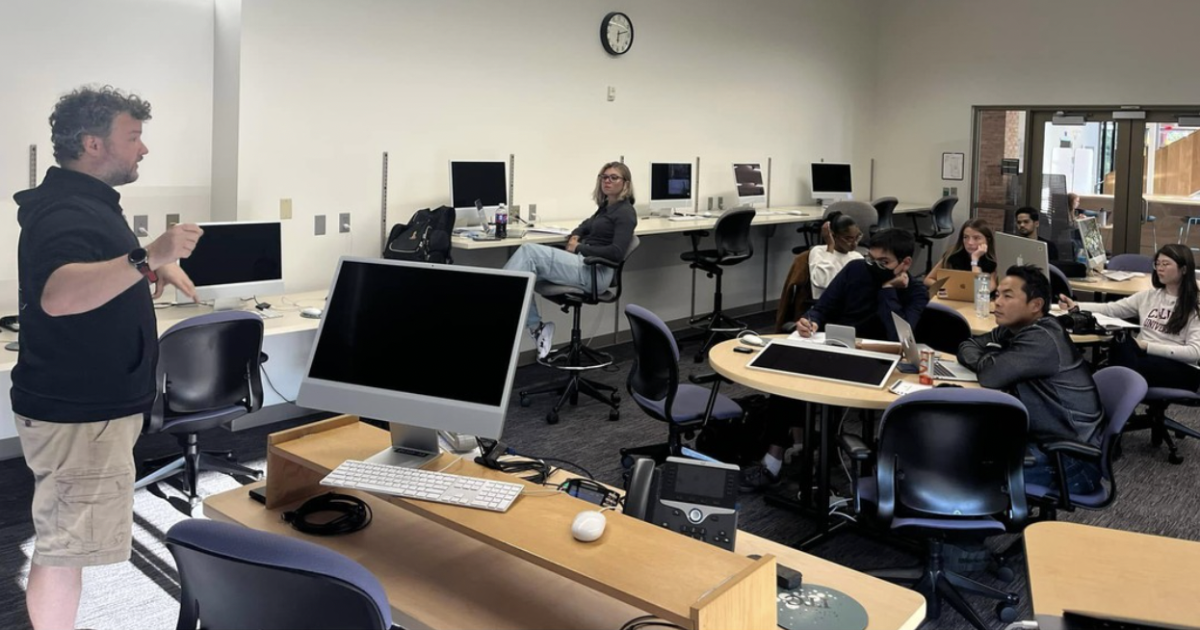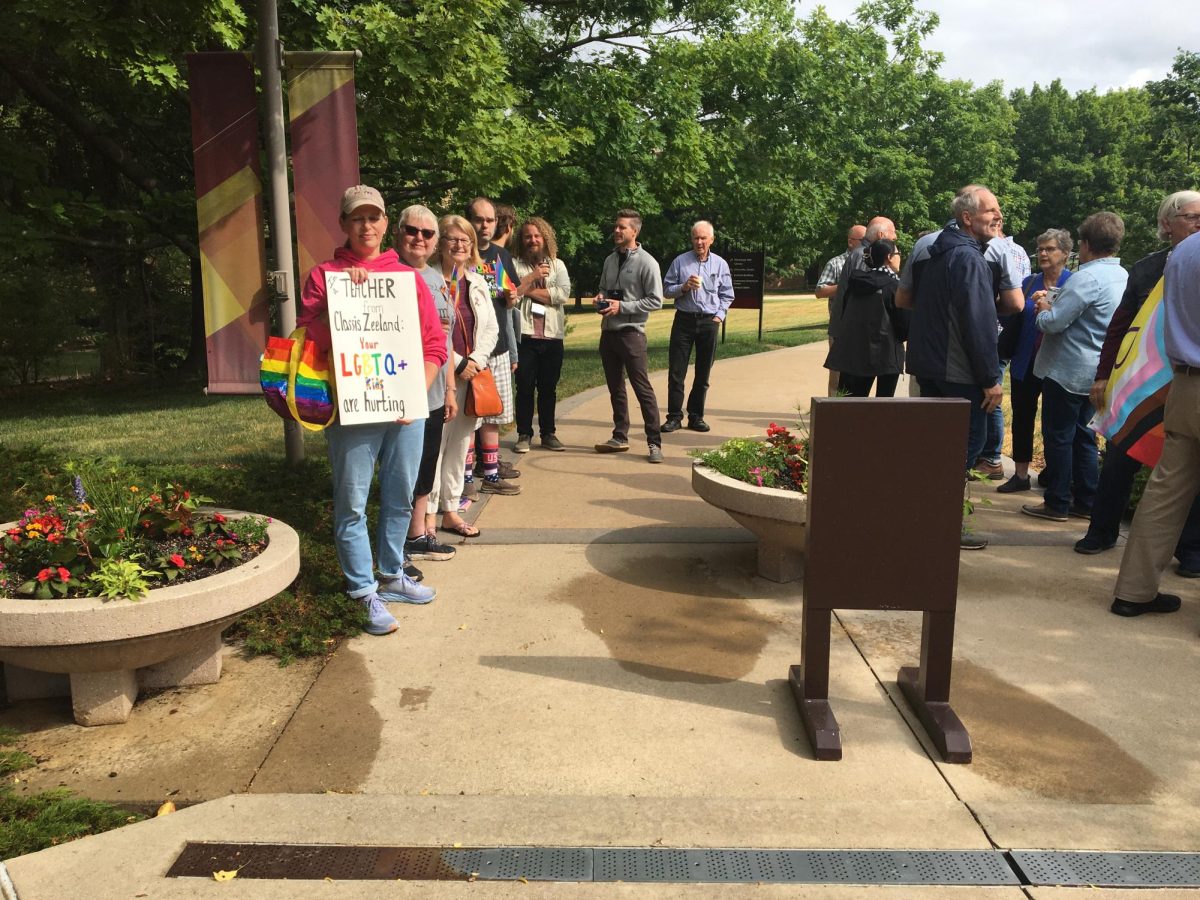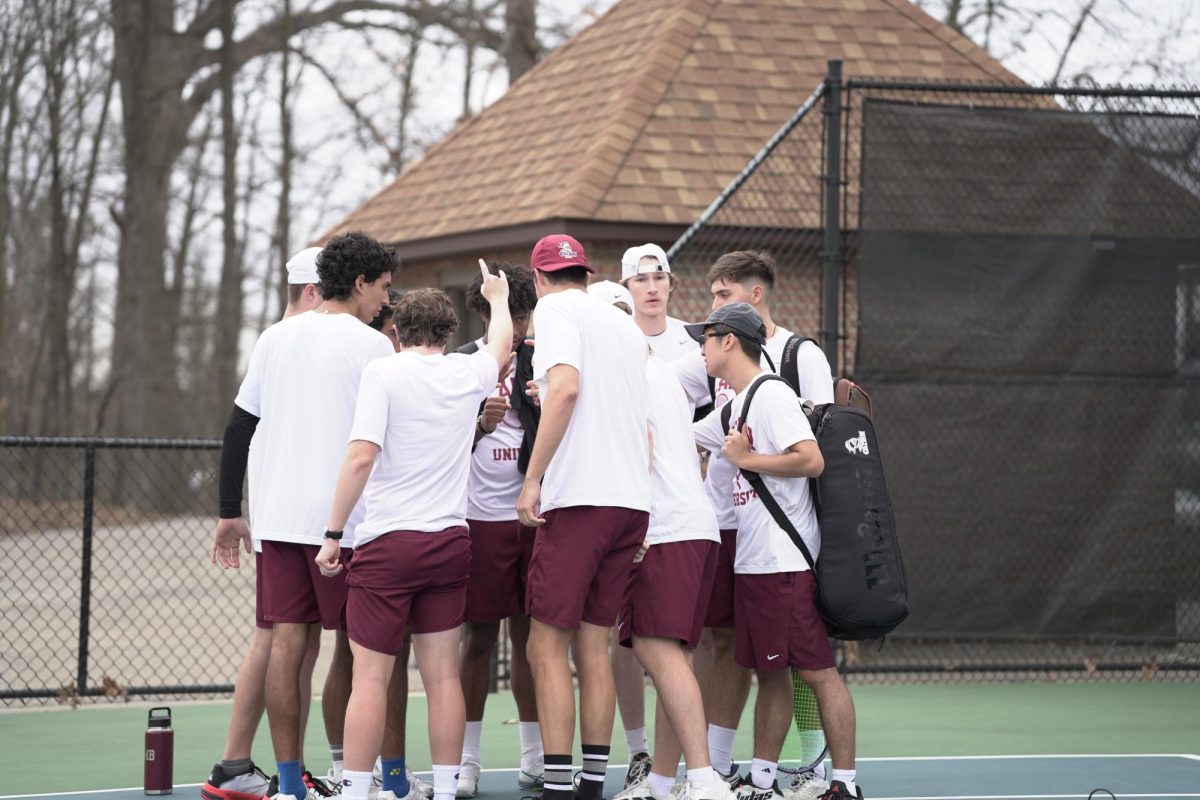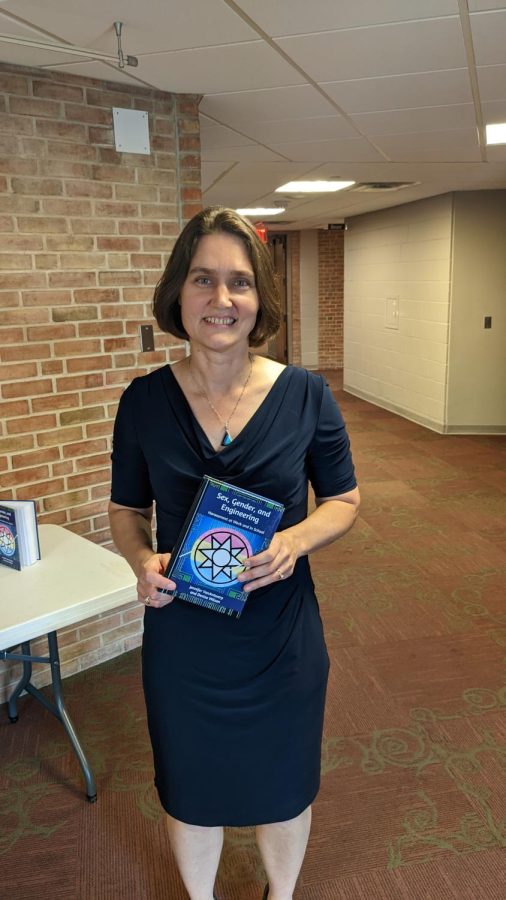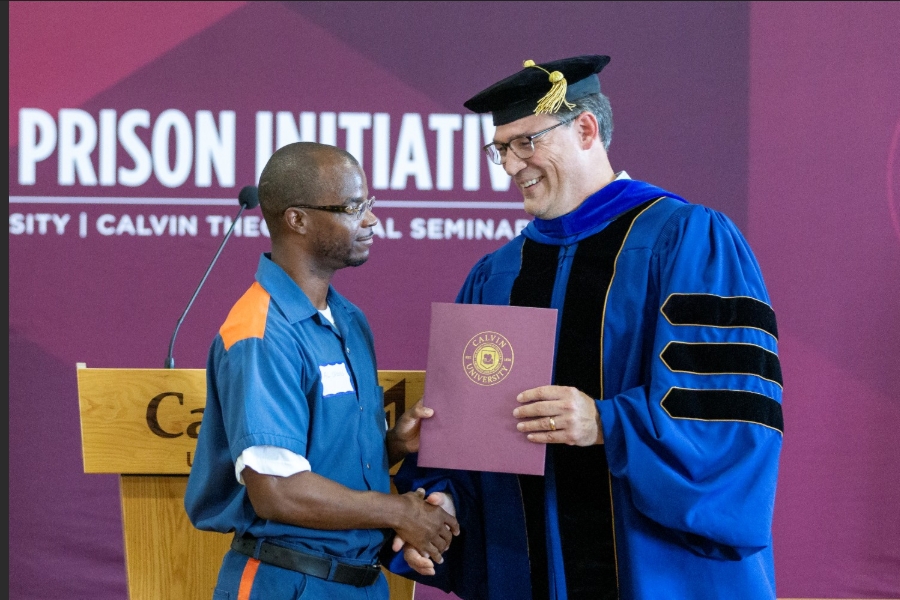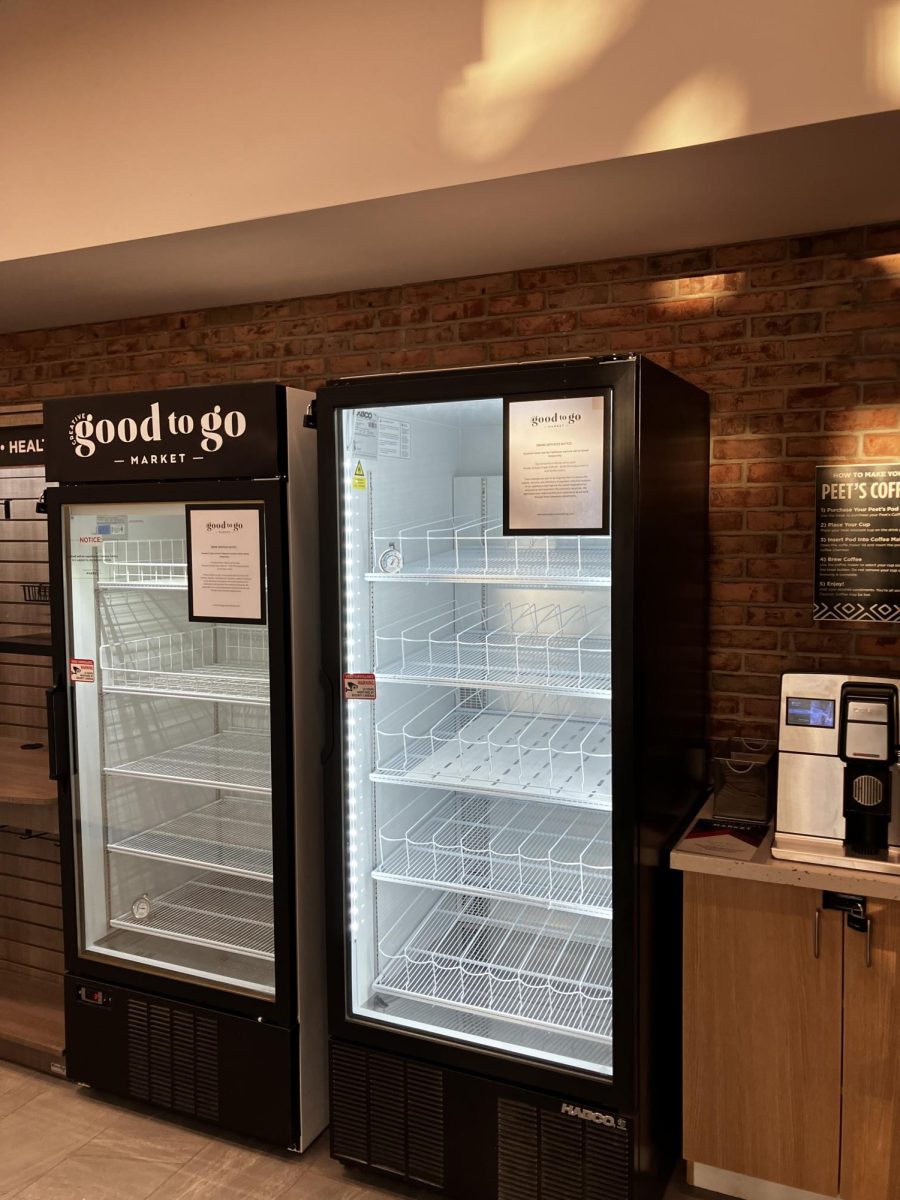Calvin’s student population is almost entirely composed of “digital natives” or members of “Gen Z”, defined as anyone born between 1997 and 2013 (according to the US Census). Students in this age range have typically grown up around computers, mobile phones, and Internet access. The increasingly online nature of education means that students are becoming more adept at navigating and adapting to new systems.
“Technologies are natural to me,” said freshman Sophia Bos, who took most of her high school classes online.
CIT
As students’ ability to use and adapt to changing technologies continues to increase, campus departments have also been adapting. Calvin Information Technology (CIT) has shifted their approach to providing tech support.
Rob Bobeldyk, CIT’s associate chief information officer, told Chimes the office formerly housed a training and documentation coordinator who would rewrite technology manuals to meet the needs of Calvin students, staff, and faculty. That position no longer exists.
Similarly, Calvin used to require an information technology literacy course for all students but dropped that requirement about five or six years ago because it simply wasn’t needed, according to Rob Bobeldyk. Now, the onboarding process — getting students familiarized with the technological systems at Calvin — has become much simpler. According to Bobeldyk, this is because “user experience has been a focus of most of the technology vendors [companies like Microsoft and Moodle whose programs Calvin uses].”
Of course, as the “campus one-stop shop for everything tech,” CIT still provides technology support for students, staff and faculty in a variety of ways. They have an extensive website with resources about everything from Workday to Outlook logins. CIT also runs the HelpDesk, which is often staffed by students who give frequent feedback on how CIT’s systems can be improved. The HelpDesk acts as a “front door” to a host of other resources and support from vendors and other partners, Bobeldyk said.
Hekman Library
Hekman Library has also been adapting to ever-changing technological norms. This summer, the library launched a new catalog system. According to library technology manager Brian Holda, this shift was intended to improve user experience for a variety of library resources. As companies like Google and Amazon continue to dominate online landscapes, students come in with expectations about how to access information. Simply put, “people are expecting to find information quicker,” Holda said, “and the library has to adapt to these expectations.” He added, “students are used to a really high, fast pace…and the library has been playing catch up.”
Hekman offers a variety of initiatives aimed at increasing student familiarity with how to use the library well. Students can access a 24/7 chat through the Hekman website, talk with librarians at the research desk, or make appointments with librarians. Hekman is also planning to launch an information literacy minor to provide more comprehensive teaching about research skills and using information technologies well.
Ongoing Challenges
However, this climate of constant access to information can lead to negative effects on academic performance. When students are used to instant answers, they may not “put in the grit to really see [their research] all the way through,” said Holda.
Bobeldyk similarly observed that students’ main challenge with technology now is “vetting the information that comes their way.” Students can access pre-packaged information with incredible ease, but this “information overload” also creates a “heightened need for students to be very careful in vetting the ecosystems that they participate in.”
On a more basic level, Garth Pauley, professor of communications, told Chimes, “just because students were born with these resources available to them doesn’t necessarily make them the most sophisticated user of these tools.”
So how can students become more thoughtful and adept users of technology? According to Bobeldyk, it’s a liberal arts education that enables students to critically examine and “scrutinize” their online experiences. The process of becoming a thoughtful user of technology involves asking questions like “what am I contributing to the [online] ecosystem?” “Is it really a user service or are they collecting [my] data?”
Pauley hopes that students’ time at Calvin gives them “enough self-awareness to realize ‘I’m making a choice here’ [in how I use digital technology].” When they become aware of that choice, rather than simply developing habits, students can be purposeful in their interactions with digital technologies.




